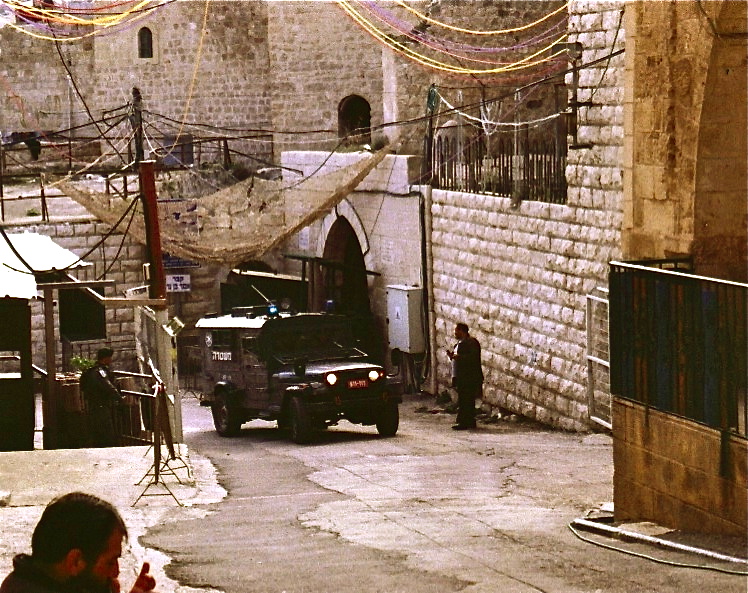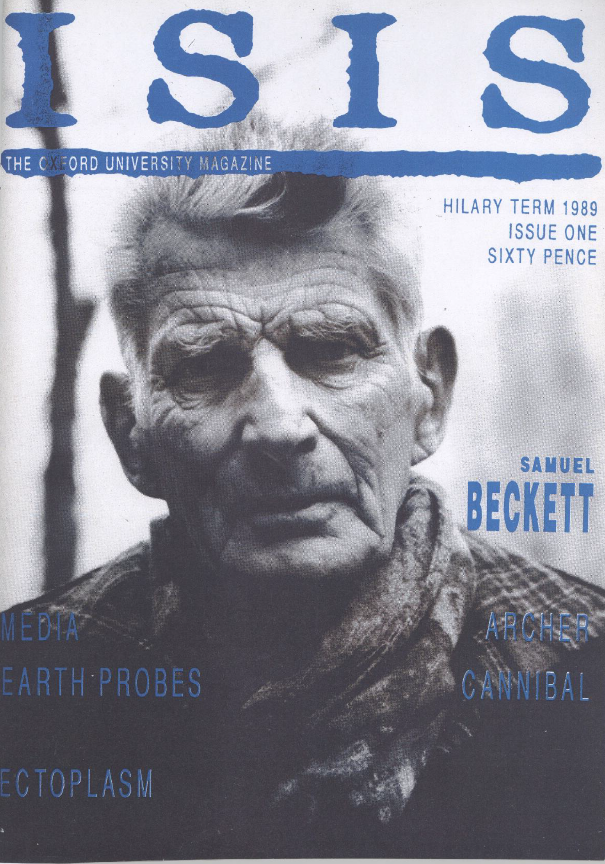
Sanfermines
They call them los mozos. This can be translated, variously, as a man who is brave, foolish, or in a hurry. Queasy with nerves in the early-morning sun, I’m not too sure which of the former I feel, but I’m certain that I’m about to be the latter. Down the street, a section of the crowd of mozos sing to the small statue of a Saint, ensconced high up in an alcove on the street wall, asking for his protection. All that’s visible for hundreds of metres down the road is a sea of white shirts, red neckerchiefs and rolled-up copies of El País striking the air in time to their song. The newspapers – and the Saint’s blessing – are all the mozos, the runners, have to protect themselves against the herd of bulls, each weighing up to 600 kilograms, that are set to stampede down this street in a matter of minutes.
This is in Pamplona in the northern Spanish province of Navarre. Pamplona’s Running of the Bulls or encierro takes a central place in the festival of the city’s patron Saint Fermín – los Sanfermines – which Ernest Hemingway immortalised in all its wild abandon and decadence in his 1926 novel The Sun Also Rises. It is in this heady combination of civic pride, medieval Catholic piety and the capacity for ecstatic revelry and madness which the Spanish do best, that this pretty but otherwise unremarkable city, swamped by some one million visitors, all wearing traditional red and white dress, is transformed into a nine-day riot of colour, music, drinking and death.
A heady combination of civic pride, medieval Catholic piety and the capacity for ecstatic revelry and madness
Suddenly, a firework goes off. A huge cheer erupts as the people stood at the barriers, windows and balconies of the street strain to catch a glimpse of the herd. A second rocket is fired, and the mass begins to shift, picking up pace as it surges up the cobbles towards me. Amid the footfalls and cheers, the first that the runners hear of the bulls approaching is the rising crescendo of the bells around their thick necks. I manage to run for about ten seconds at the front of the herd, until a build-up of white-and-red bodies ahead blocks the way, and I have to take refuge in the slim shelter of a shop alcove while the mass of black and brown hide, horns and hooves thunders by like a train.
I had avoided becoming an addition to the fifteen people killed since 1924 – mainly Spaniards, mainly young men – or one of the twenty to thirty who are injured seriously every year. But my erstwhile pursuers would not be so lucky – the bulls would, that evening, experience a protracted death at the hands of matadors in Pamplona’s bull ring. Part of the attraction of the encierro and bullfighting for Hemingway was in the tragedy of it – the displays of mortality of both man and beast in what he described as “the only art in which the artist is in danger of death.” But even if the encierro and bullfight may still be perceived by some as art, and even though the Sanfermines are a vibrant and deep-rooted tradition, the central and undeniable feature is the death of the bulls for the entertainment of the crowd.
The animal rights group PETA hold their own version of the encierro in Pamplona a few days before the festival kicks off – the Running of the Nudes. Several hundred activists wearing little more than a pair of plastic horns march and dance through the streets “to show,” in their own words, “that Pamplona doesn’t need to torture animals for tourism.” It makes for an interesting, and not entirely unappealing alternative to the danger of the encierro. Maybe next year I’ll go to that – solely in the interests of journalism, of course.
Image: Viajar24h.com







